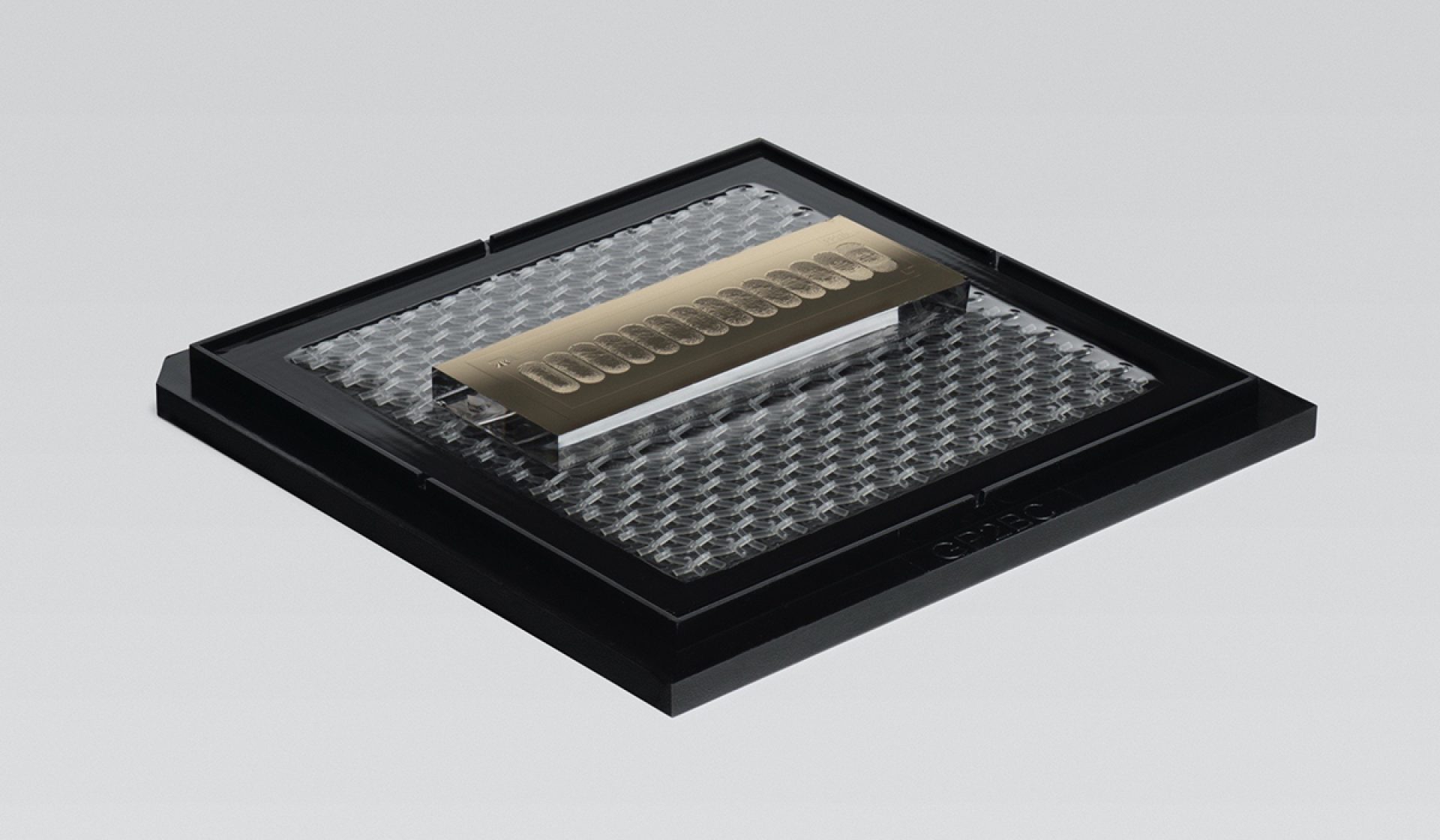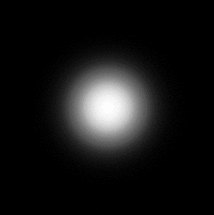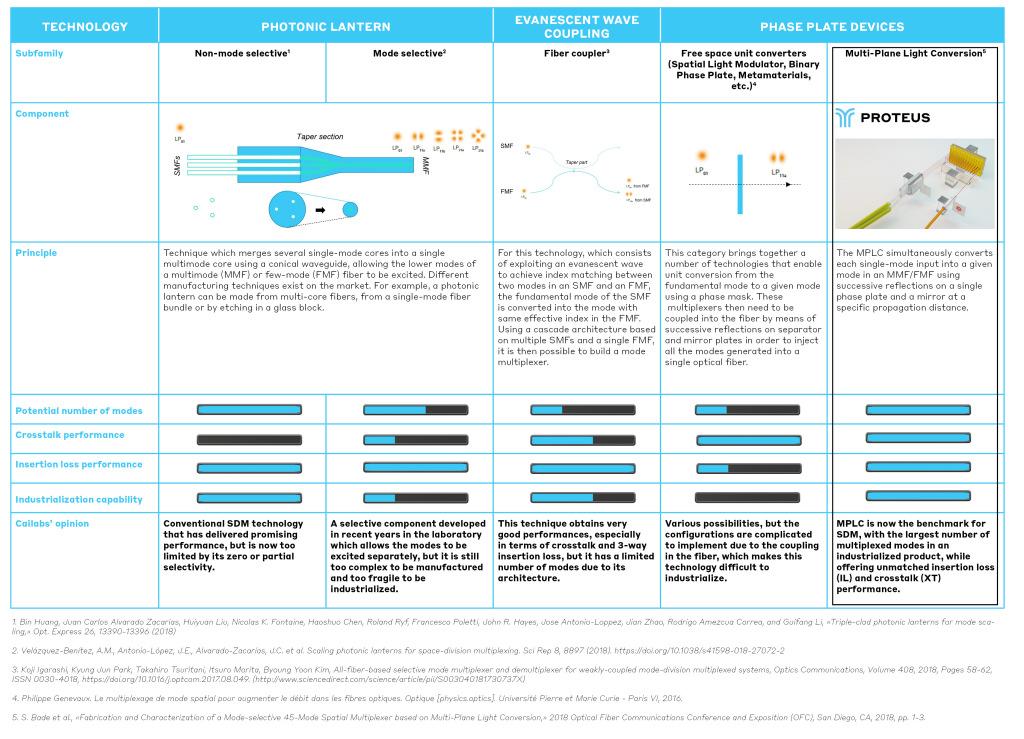Why is MPLC the best space division multiplexing technique?

Have you heard about this revolutionary new technique that allows information to be encoded in independent shape of light inside an optical fiber?
Read on for an insight into Space Division Multiplexing (SDM).
Multiplexing consists of sending multiple information streams over a single transmission medium. In telecommunications, the medium used for optical multiplexing is optical fiber.
A well-known and widely used multiplexing technique is wavelength division multiplexing, which consists of creating data streams using separate “colors” of laser light (wavelengths). Each wavelength represents a parallel and separate information channel.

However, other solutions are needed to increase the number of information channels and to meet increasing bandwidth requirements. It is difficult to further increase the number of WDM channels because the Shannon limit is almost reached in single-mode fibers. Multiplying the number of fibers in a cable is not viable from an operational point of view (specifically for maintenance).
The prospect of increased throughput within an existing optical fiber without having to deploy new fibers is also a strong argument for the development of new techniques.
Space Division Multiplexing (SDM) is one such technique. It consists of using the spatial modes of light, which act as independent information-bearing channels while remaining compatible with other multiplexing or data modulation technology.

SDM is not yet used for general data transmission, but it is positioned as a breakthrough innovation in this area.

Space division multiplexing in optical fibers is based on various techniques and technologies grouped into three main families: SDM over multicore fiber (MCF), SDM over multimode fiber (MMF/FMF) and technologies using both multicore and multimode fibers.
In the following graphics, we will focus specifically on the multiplexer component for space division multiplexing in multimode (or weakly multimode) fibers. In this category, the fiber technology is mature (very close to or even identical to that of existing fibers), and technological developments are now focusing on the interface with the single-mode fiber network. Conversely, for MCF technologies, the interface with single-mode fibers is more mature, but the fiber technology needs to be developed further.
The listed components were compared using four key criteria:
- The number of modes, or the potential number of independent information channels.
- Their modal selectivity (crosstalk) making it possible to evaluate the independence of each of the information streams, i.e. the ability of an information stream to stay in its own channel.
- The optical losses associated with their integration into a telecom architecture.
- The ease of integration and industrialization.

Find out more about our Proteus solution, a robust and versatile spatial multiplexer for Space Division Multiplexing (SDM).This product from Cailabs can multiplex up to 45 modes in standard OM2/3/4/5 fibers, which are widely used in existing network architectures.

Bibliography :
1. Bin Huang, Juan Carlos Alvarado Zacarias, Huiyuan Liu, Nicolas K. Fontaine, Haoshuo Chen, Roland Ryf, Francesco Poletti, John R. Hayes, Jose Antonio-Loppez, Jian Zhao, Rodrigo Amezcua Correa, and Guifang Li, «Triple-clad photonic lanterns for mode scaling,» Opt. Express 26, 13390-13396 (2018)
2. Velázquez-Benítez, A.M., Antonio-López, J.E., Alvarado-Zacarías, J.C. et al. Scaling photonic lanterns for space-division multiplexing. Sci Rep 8, 8897 (2018).
3. Koji Igarashi, Kyung Jun Park, Takahiro Tsuritani, Itsuro Morita, Byoung Yoon Kim, All-fiber-based selective mode multiplexer and demultiplexer for weakly-coupled mode-division multiplexed systems, Optics Communications, Volume 408, 2018, Pages 58-62, ISSN 0030-4018 (http://www.sciencedirect.com/science/article/pii/S003040181730737X)
4. Philippe Genevaux. Le multiplexage de mode spatial pour augmenter le débit dans les fibres optiques. Optique [physics.optics]. Université Pierre et Marie Curie – Paris VI, 2016.
5. S. Bade et al., «Fabrication and Characterization of a Mode-selective 45-Mode Spatial Multiplexer based on Multi-Plane Light Conversion,» 2018 Optical Fiber Communications Conference and Exposition (OFC), San Diego, CA, 2018, pp. 1-3.

By Tangi Le Guennic
Tangi Le Guennic, who holds Master’s degrees in materials science and optics, is a project and product manager at Cailabs. Tangi has a strong experience in R&D in developing optical sensors for aircraft systems as well as in industrial vision project management. At Cailabs, he works on the development and commercialization of innovative optical solutions for PROTEUS and custom applications (defense, aeronautics, automotive, biomedical…).





